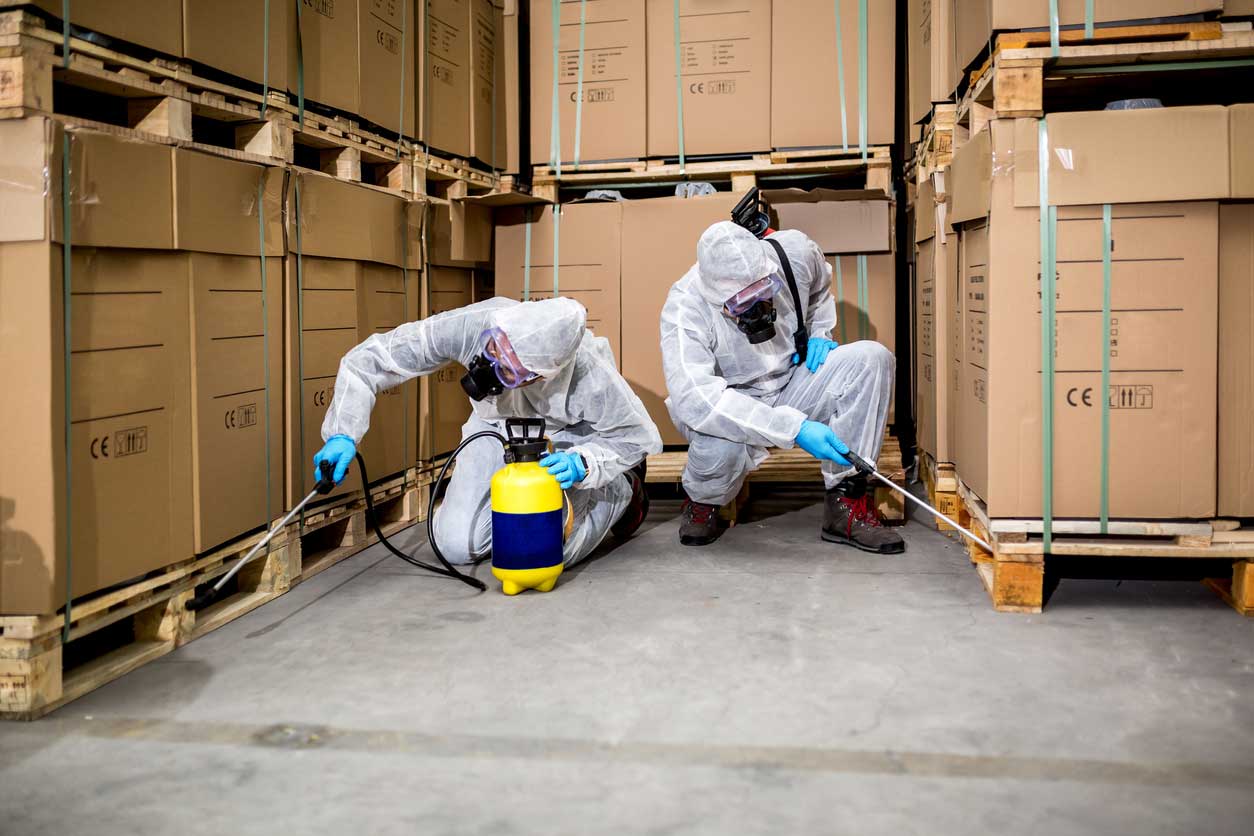Regarding maintaining a cozy and safe living environment, grasping the life cycle of typical pests is essential. These intrusive guests can invade your home at any time of the year, every season bringing its own set of challenges and threats. Being conscious of how pests multiply, flourish, and seek shelter can assist you take proactive measures to keep your home pest-free all year long. This knowledge is the basis of effective pest control and will allow you to tackle infestations before they escalate.

In this definitive guide, we will investigate various aspects of pest control, from spotting common household pests to understanding why DIY methods often fail. With insights on seasonal pest habits, professional pest control timing, and debunking prevalent myths, you’ll be equipped with usable tips to safeguard your home. Whether you face a springtime resurgence of ants or the winter encroachment of rodents, we will offer you with the strategies you need to prevent and manage these nuisances effectively. Let us explore the details of pest life cycles and learn how to safeguard our homes against these relentless invaders.
Typical Home Infestations and Prevention
Typical household pests include ants, cockroaches, rodents, and bloodsuckers. Ants often intrude homes in pursuit of food, while roaches thrive in warm, damp areas. Rodents, such as mice and bigger rats, seek escapes, especially in colder months, and bloodsuckers feed on individuals' blood, making them a nuisance in sleeping quarters. Understanding their patterns and homes is vital for effective control and remediation.
Avoiding these pests starts with maintaining tidiness. Ensure that snacks is stored in closed containers and that leftovers are promptly cleaned. Blocking entry points, such as fissures in partitions and spaces around windows, can also help prevent infestations out. Additionally, routine surveys of your home can help spot potential issues before they become problems.
Seasonal variations changes can alter pest activity, so it's important to tailor your prevention strategies accordingly. Spring and summer often bring an surge in fire ants and mosquito populations, while autumn may see mice and rats seeking refuge indoors. By being alert and proactive in pest control, you can greatly reduce the likelihood of pests and maintain a safe home throughout the year.
DIY Pest Management vs. Expert Assistance
Many homeowners view DIY pest control as an first approach to handling pests in their homes. The allure of cutting money and tackling problems on one's own terms can be appealing. However, the success of Do-It-Yourself strategies often differs, with many solutions relying on temporary fixes rather than long-term prevention. Homeowners may find that while they can control insignificant infestations, larger issues, like bed bug infestations or rodent problems, typically require a more comprehensive approach.
Trained pest control services bring knowledge and tools that many DIY efforts fail to provide. review can accurately determine pest species, check for likely entry points, and comprehend the life cycles of frequent pests, ensuring a focused strategy. Moreover, professionals typically have access to superior treatment options, including sustainable solutions, that can be more efficient and more secure in the long run. Consistent scheduling with a pest control service can help maintain a pest-free environment all year long.
Determining between DIY pest control and using professional services often comes down to the severity of the problem and the homeowner's ease with pest management. For small issues, DIY strategies can be sufficient. However, if pests remain or if the infestation is substantial, investing in professional services can save effort, money, and worry in the long run. It is important to weigh the pros and cons to establish the best option for your specific situation.
Seasonal Pest Control Management Tips
As the times of year change, so do the kinds of infestations that may invade your house. In spring, be vigilant for ants, termites, and mosquitoes emerging as temperatures rise. To avoid infestations, keep your garden clean, remove standing water, and seal any openings in your home's outside. Regular inspections during this period can help you tackle any signs of initial pest activity before they become bigger issues.
During the summer months, bugs like flies, bees, and wasps become more common, often drawn to food and outdoor gatherings. To keep these nuisances at bay, ensure that your food is stored securely and garbage is disposed of properly. Consider placing traps or using natural deterrents around your patio to create a pest-free setting for outdoor activities.
As fall comes, mice and other creatures seek shelter as temperatures drop. Put in place protective measures by closing entry points and ensuring that your residence is less inviting to intruders. Regularly check for any signs of pest activity and consider arranging expert pest control to address any possible issues. The winter season may present its own set of difficulties with pests like cockroaches seeking warmth, highlighting the importance of ongoing pest prevention strategies.
